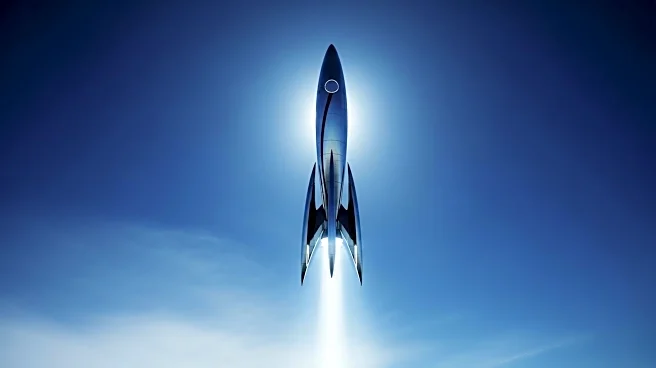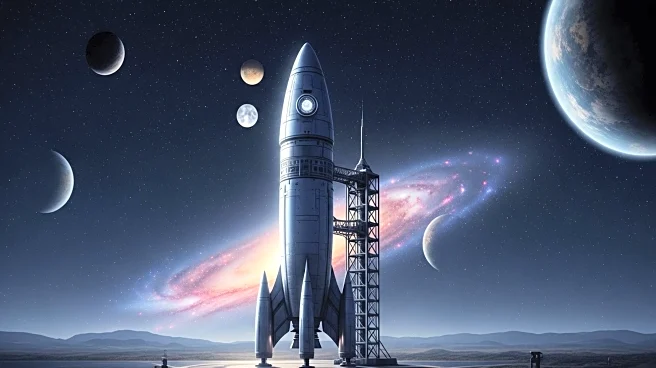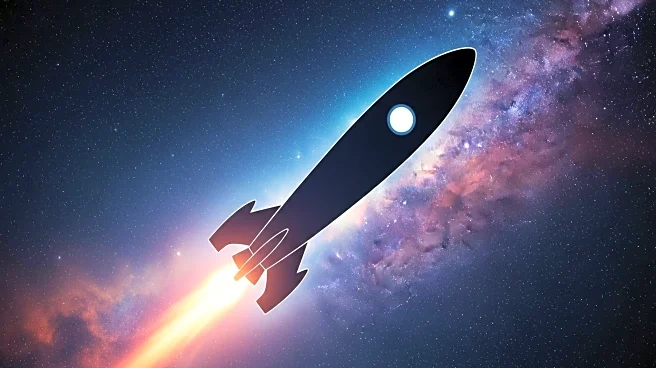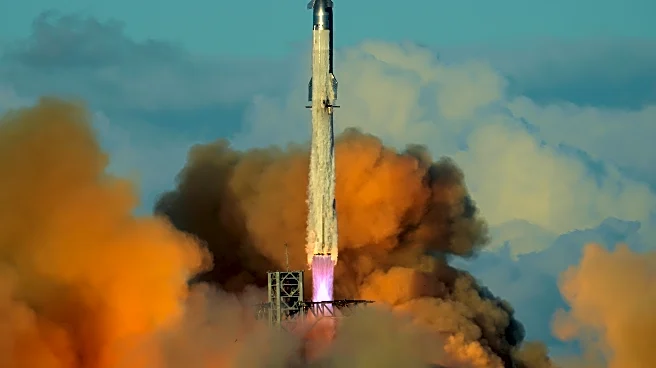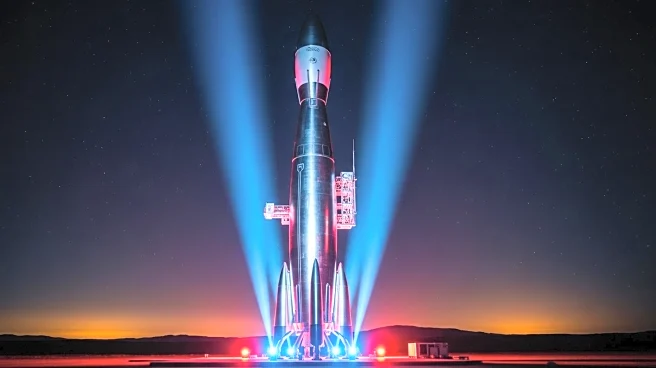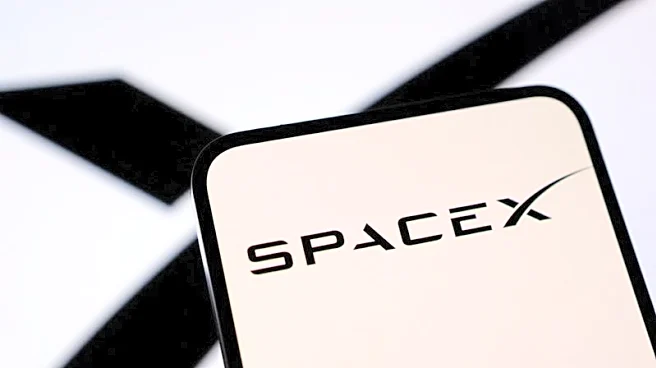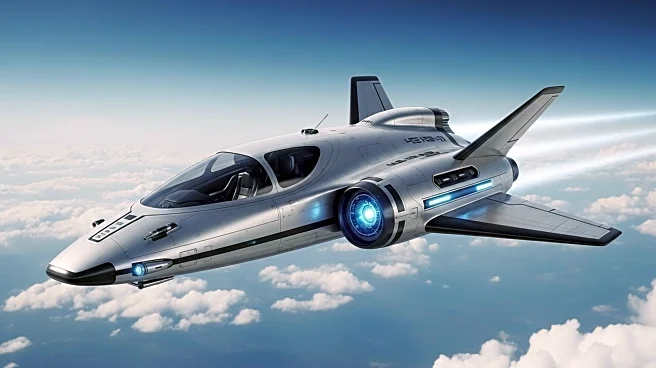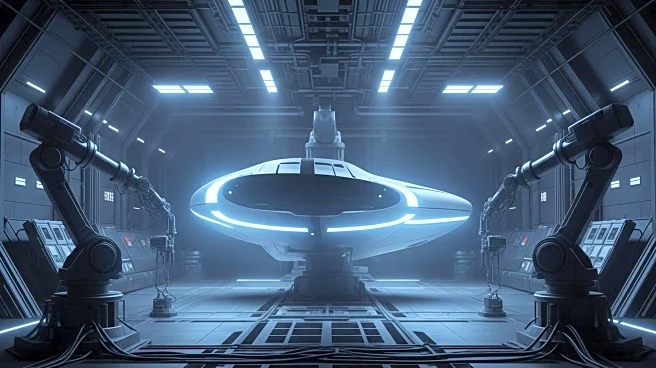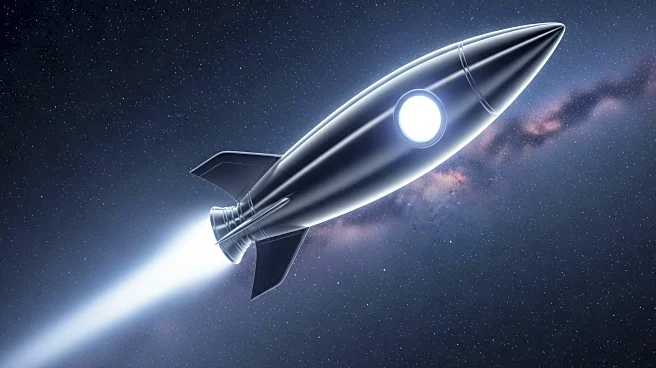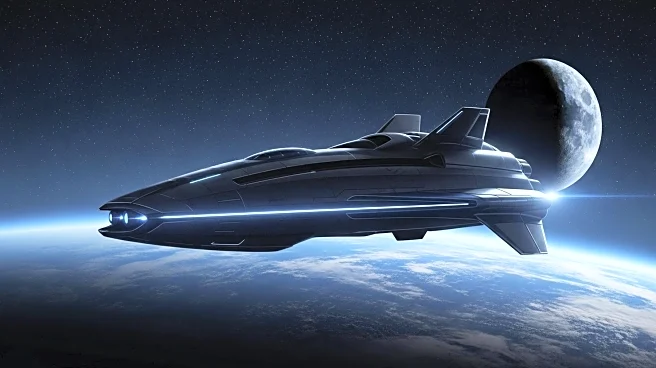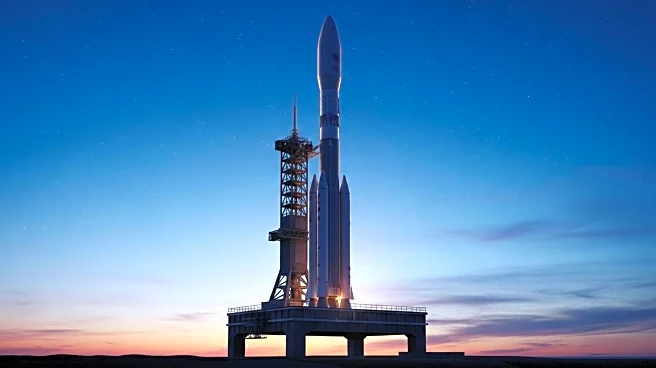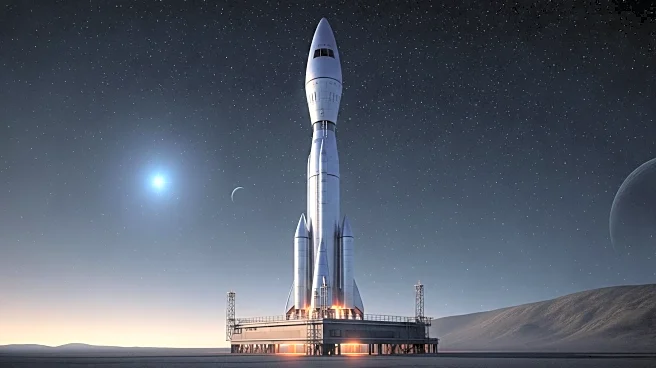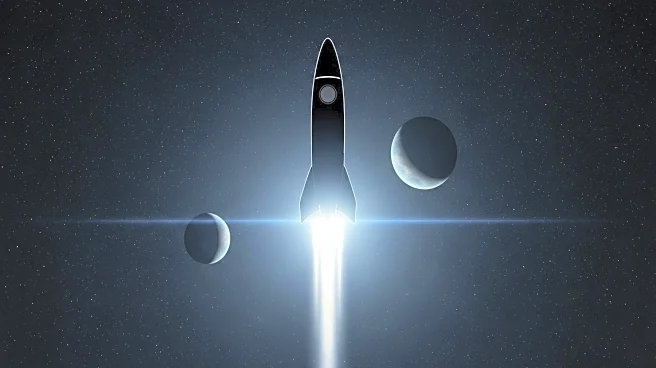What is the story about?
What's Happening?
SpaceX has successfully completed the 11th test flight of its second-generation Starship vehicle, marking a significant milestone in the company's space exploration efforts. The test, conducted from Starbase in Texas, achieved all major objectives, including the ignition of all 33 Raptor engines, smooth stage separation, and successful deployment of Starlink simulators. The Super Heavy booster splashed down into the ocean as planned, and the Starship executed a banking maneuver to simulate future mission trajectories. This test follows a series of previous failures, including explosions during ascent and payload deployment issues.
Why It's Important?
The successful test flight of SpaceX's Starship is crucial for the company's plans to advance its space exploration capabilities. It demonstrates the viability of the Starship design and its readiness for future orbital flights and operational payload missions. This progress is significant for SpaceX's long-term goals, including missions to the moon and Mars, and could bolster confidence among investors and partners. The advancements in the Starship program may also influence the broader aerospace industry, encouraging innovation and competition in space technology development.
What's Next?
SpaceX plans to focus on developing the next generation of Starship and Super Heavy, with multiple versions of the vehicle and booster currently being prepared for tests. These developments are expected to lead to the first Starship orbital flights and operational payload missions. The company will likely continue refining its technology and conducting further tests to ensure the reliability and safety of its spacecraft. As SpaceX progresses, the aerospace community will be watching closely for updates and potential collaborations that could shape the future of space exploration.
AI Generated Content
Do you find this article useful?
